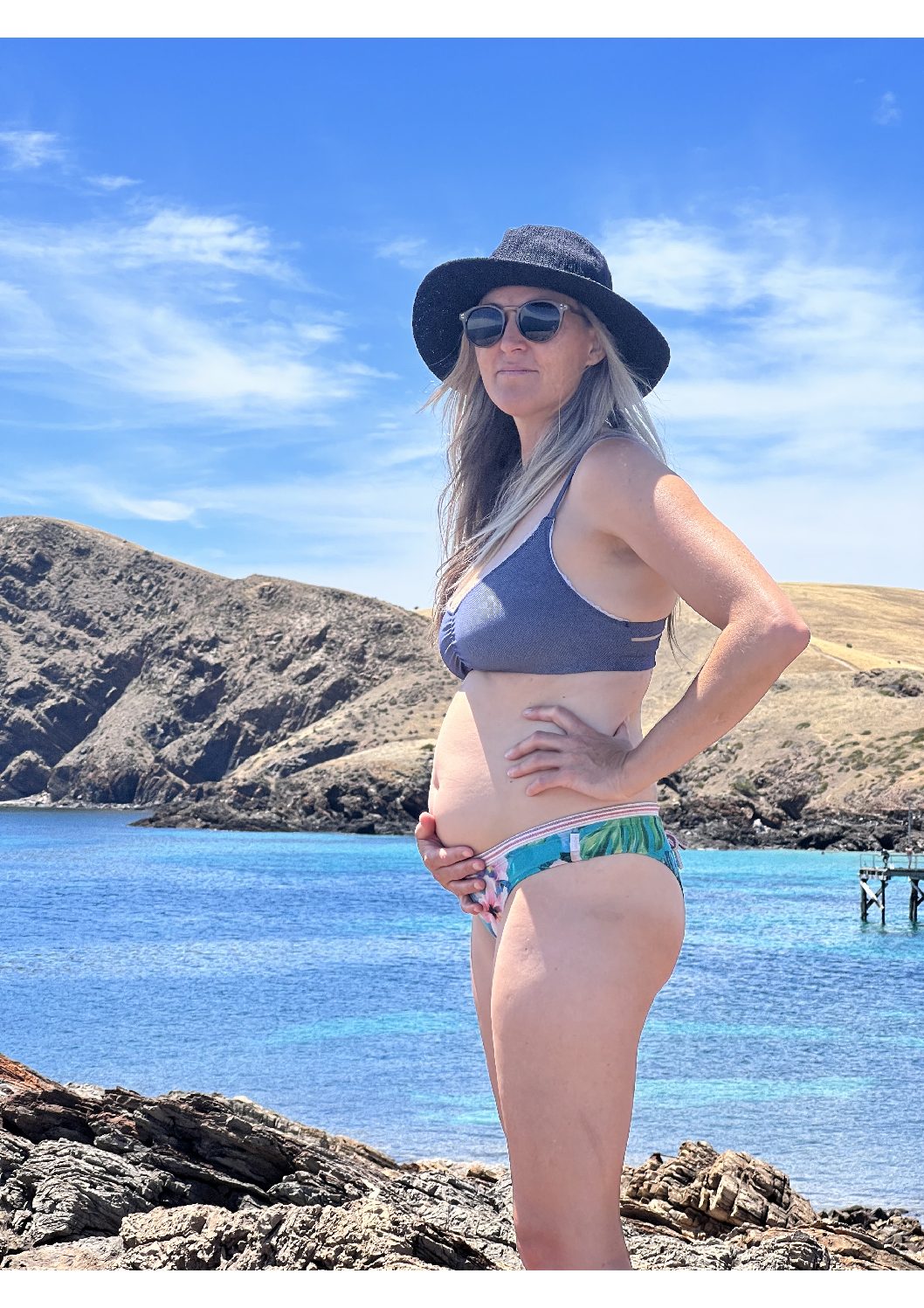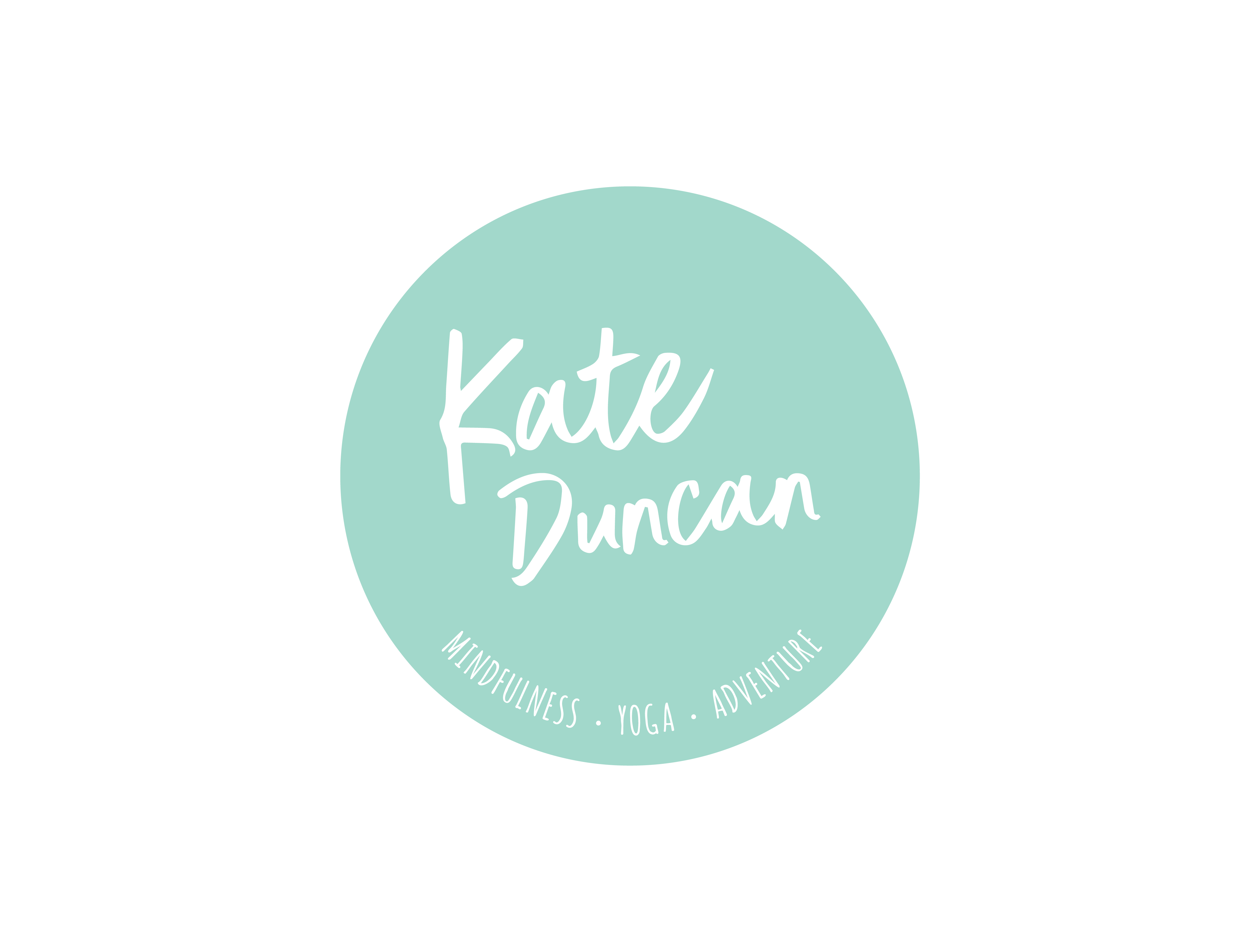Note for those who may not know what Uluru is: this is a large rock that rises out of flat ground in the centre of Australia that is sacred to the indigenous aboriginal people. There has been much controversy in Australia around whether climbing should be allowed. Recently the decision was made to close climbing for good in October 2019. The rock can still be enjoyed via various tours and a 12km path around it’s base. Also to note: Dingoes are a native Australian dog, near extinct.
It was shortly after noon as we drove the narrow highway toward Yulara campground, our scheduled home for the next three days. The enormous red monolith erupted from the ground as I gazed out the window, stunned by it’s unexpected size. She looked like a giant sleeping woman with curves and intricacies and unknown depths. She appeared as if she held many secrets.
We pulled our motorhome into the campground behind my brother’s family and proceeded to make our designated lot feel like home. Spirits were high as we ate a hurried lunch and discussed whether the rock would or would not be open for climbing. Since deciding to come to Uluru our main concern was whether we would be allowed to climb it. We had heard that it had been closed often due to wind, rain or other types of inclement weather, so when my sister in law announced that the rock was indeed open to be climbed right now we were swept away by excitement.
As we drove closer I became mesmerised by her colours; the long black lines where water had flowed during times long passed and a million shades of red. I could barely comprehend the endless nooks and crannies that shaped their way around her. She was alive, I was sure of it.
At the base of the rock I gazed upward and my heart beat wildly, totally possessed by the excitement of what lay ahead. As I reached the base of the chain I felt a strong pull to remove my shoes and place my bare feet upon her. And this is how I went, skin to rock, all the way to the top. It was exhilarating. I was ecstatic. The wind whipping my hair, my bare feet connected to this magnificat alive being.
Understanding Dawns
The next day I rented a bike and began the 12 km journey around her base. I began in a counterclockwise direction and was immediately entrenched in her energy. As I settled out of the excitement of the day before I moved more fully into being. I could hear the crunch of my shoes against rock. Colours became vivid: the green of scattered trees and brush and the wild blue sky. Suddenly I could feel a power around me that that was deep and old and sacred. From the ground she was magnetic. She drew me in and I had to slow my breathing and tread softly.
At first I took videos and photos but within a few stops I felt compelled to put my phone away. This was a place intended to be experienced fully and like any strong woman she demanded it. I found my way to a waterhole and noticed the calming effect it had on my body. I came across a sign and began to read the dreamtime story of the waterhole: of the serpent that still guarded this place. Then I read “this is a place to listen to country”, so I listened. I drew a scarf down over my face and sat for an unknown time. People came and went as all kinds of sounds visited my body.
Each time I passed a sacred site and read another story I felt a little more uneasy. Eventually, tears sprouted from my eyes as I understood why this place was so sacred. A question began to form: Had I really made an informed decision when I decided to climb the rock? Had I really taken the time to understand what I was about to do? Sadly, as I covered more and more ground it became clear that I had not.
Are we careless?
Toward the end of the journey I came upon another sacred site. It was a dry waterhole with sheer rock walls towering hundreds of feet above. I entered carefully and silently, having just read the sign at the entrance that told me to do so. I lay on the ground at the base and stared up at the ancient waterfall thinking of the story on that sign: how the indigenous people had always entered softly so as to not scare the animals away. They never dared bathe in the precious waters either, believing that to take great care is to preserve these precious places.
As I lay I opened all my senses to country. Groups of people would clamber in, stomping and talking and laughing. They stopped barely long enough to snap a picture and move on and never long enough to feel what lay so heavy in the silence. I began to feel ashamed. We were thoughtless weren’t we? Care-less. We meant well and we were nice people, sure, but we were not being care-ful. Could I have done better yesterday? Could I have been more careful? I felt resistant and defensive. I had climbed the rock and loved it. It had felt meaningful. So how could that be wrong?
The last of my resistance cracks
The next morning I rose early and clambered up a small hill behind our campground to watch the sun rise across her face. Alone and breathing I could still feel her from 25 km away and I reflected that she had meant so much more to me from the ground that she had from the top.
Later that day while inside the tourist centre I read a story about the 1940’s white government declaring that dingoes were a menace to the sheep and cattle. This declaration gave birth to a breed of hunters called “doggers” who would scalp the dogs and trade dingo skull for a great price.
Thinking about white men slaying dogs and trying to hold back tears, the last of my resistance cracked. I felt so ashamed. Yet I understood I wasn’t ashamed of climbing the rock, I was ashamed of not talking the time to know the right information before I did it.
What we know
You see, it is what we know that determines what decisions we make in this life. And it is what we don’t know, our ignorance, that causes all of the suffering in this world. The dingo story reminded me of a true account I’d once heard: that during a time of conflict in America a white general had seen a Native American chief crying over the loss of his daughter and had written in his diary “I didn’t know that an Indian could weep”.
Isn’t it much easier to kill a man if you don’t know his heart feels what you feel? Isn’t it much easier to murder a race if you don’t know that they too will weep for their dead daughters? The general was not a bad man, he just didn’t know.
Likewise the men in government that opened the doors for the murder and subsequent near extinction of dingos would have believed they were doing a good thing for their people. What we know has led to genocide, war, slavery and oppression. The question is, what do YOU currently know that leads to your best (or worst) action?
We’re doing the best we can
Each of us does the very best we can based on the knowledge we have at the time. There is no going back, and regret is a waste. However, what is so important to understand is that if I had known something different at the time, if I had acquired the knowledge of its sacredness before that first day, I may not have climbed it.
The point of this story is not about whether you will or will not climb Uluru. The point is how we can we be more careful, open, curious and constantly searching for new and improved information. We tend to take in info that is in alignment with our existing beliefs, reinforcing what we already think is true. Yet we are only ever one moment away from knowing something different.
Knowledge is changeable and therefore thoughts, beliefs and actions can be altered too. To understand this is to open yourself to great freedom. Do not dwell on what is already done. Forgive yourself and know you did the best you could with what information you had at hand. Save your energy for this new moment where you could (if you were open) know anything new.
How can we be on the lookout for knowledge that will lead to the most beneficial action? What can we know that will support us to be the best we can be? To take care of the earth and each other. To be the most kind, the most careful. Treading so softly as to not disturb one single fallen leaf. Now these are questions worth asking.




